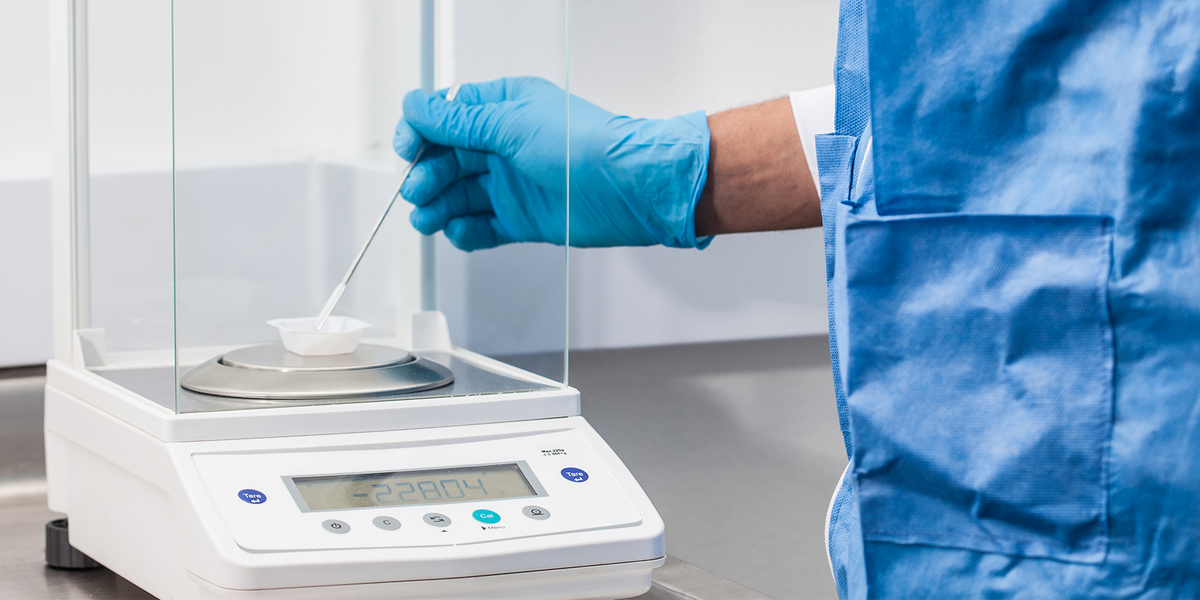Calibrating Your Balance.
Scale calibration is an essential part to maintaining scale accuracy. When there is a wide gap between calibrations, then you most likely have lost accuracy.
When it comes to calibrating a lab balance, there is a bit more that needs to be considered. Calibrating an analytical balance is a process that ensures the accuracy and precision of the measurements taken with the balance. It is an important step in the maintenance of any laboratory equipment, and should be done regularly to ensure reliable results. There are several methods for calibrating an analytical balance, and the specific method used may vary depending on the make and model of the balance.
Check the balance for physical stability and level. Before calibrating the balance, make sure that it is stable and level. A balance that is not stable or level will not give accurate results, no matter how well it is calibrated.
Check the balance for any damage or wear. Look for any signs of damage or wear, such as cracks in the weighing pan or damage to the calibration weights. If the balance is damaged or worn, it may not give accurate results and should be repaired or replaced.
Clean the balance and weighing pan. Make sure that the balance and weighing pan are clean and free of any dirt or debris that could interfere with the calibration process.
Perform a simple calibration. Many analytical balances have a simple calibration function that allows you to calibrate the balance using a set of internal weights. Follow the manufacturer's instructions for performing a simple calibration.
Perform a linearity test. A linearity test is used to check the balance's accuracy over a range of weights. To perform a linearity test, you will need a set of calibration weights that cover a range of values. Place each weight on the balance in turn, and compare the reading to the known value of the weight. If the balance is accurate, the readings should match the known values within the balance's specified accuracy.
Perform a sensitivity test. A sensitivity test is used to check the balance's ability to detect small changes in weight. To perform a sensitivity test, you will need a set of calibration weights that cover a range of values, including very small weights. Place each weight on the balance in turn, and compare the reading to the known value of the weight. If the balance is sensitive enough, it should be able to detect small changes in weight and give accurate readings for the small weights.
Record the calibration results. After completing the calibration process, record the results in a log book or electronic record. This will allow you to track the performance of the balance over time and identify any trends or issues that may need to be addressed.
Closing words
Calibrating an analytical balance is an important step in ensuring the accuracy and precision of your measurements. By following these steps and adhering to the manufacturer's instructions, you can ensure that your balance is properly calibrated and ready to provide reliable results.
At American Scale we strive to bring you informed and useful content on all things scale systems related, including products from the top scale manufacturers. Be sure to check out our truck scale articles about truck scale foundation or how much do truck scales cost. We even have a guide to warranties. To learn more about bench scales, it would be good to check out our other articles such as “Bench Scale Basics'' and “How Much Does A Bench Scale Cost?”. These articles will help with the basics of bench scale ownership. Also, take a look at our “Common Problems With Bench Scales'', to help prolong the lifespan on your scale.

